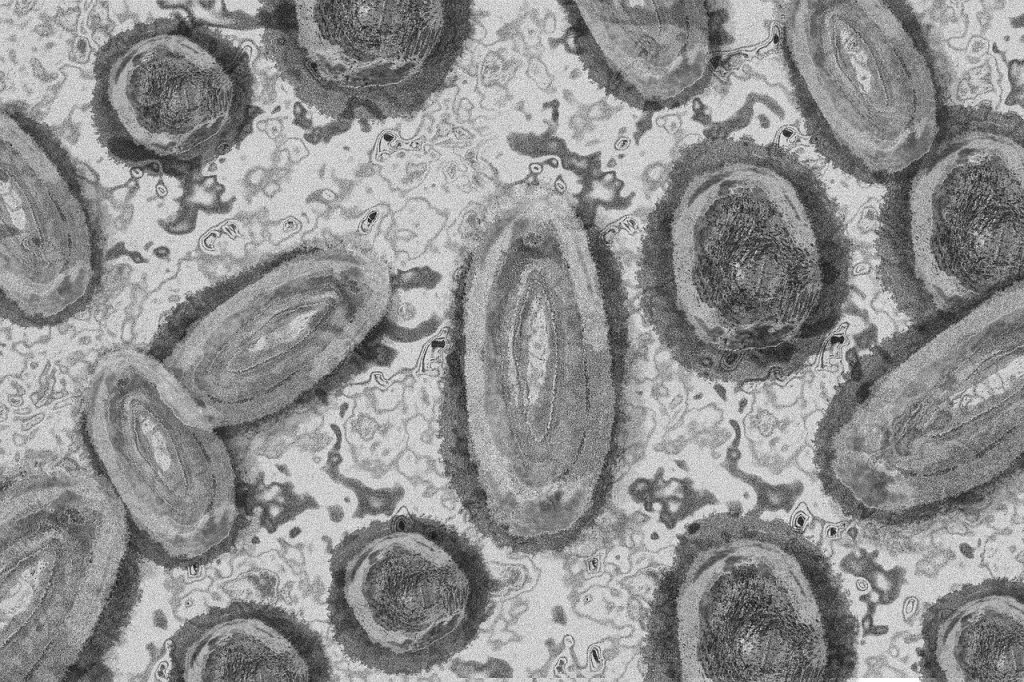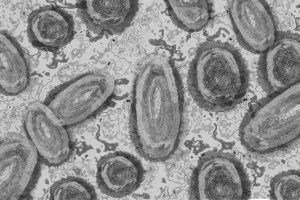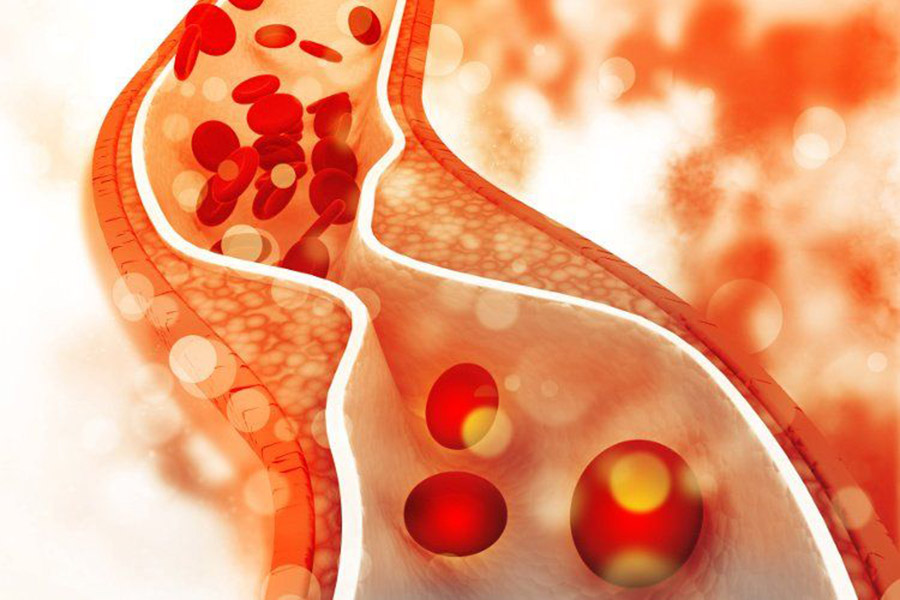
Monkeypox is a viral disease caused by the monkeypox virus, a pathogen closely related to the smallpox virus. Initially believed to be transmitted to humans from small animals such as rodents and primates, monkeypox has recently become a global health concern as it spreads beyond its traditional boundaries in Africa.
Origins and global spread
Monkeypox is predominantly found in African countries, particularly in regions like the Congo Basin, Nigeria, Cameroon, and the Central African forests. These areas have historically reported the highest number of cases.
However, recent outbreaks outside Africa have underscored the disease’s potential as a global health threat. Although the risk in Nepal remains low, the global spread of the disease emphasizes the importance of vigilance.
Transmission Pathways
Monkeypox can spread through several transmission routes:
- Animal to Human: The virus can be transmitted through direct contact with the blood, bodily fluids, or skin lesions of infected animals.
- Human to Human: Close contact with respiratory droplets, skin lesions, or contaminated objects like clothing and bedding can result in transmission. Physical contact with an infected person is also a known transmission method.
- Healthcare Settings: Without proper precautions, the virus can spread in healthcare environments, putting both patients and medical staff at risk.
Recognising symptoms
The incubation period for monkeypox typically ranges from 6 to 13 days, though it can extend from 5 to 21 days. Recognising skin symptoms is crucial, as they can mimic those of other dermatological conditions. Early signs include red spots (macules) that gradually evolve into raised bumps (papules), fluid-filled blisters (vesicles), and eventually pus-filled blisters (pustules). These lesions eventually crust over and may resemble scabs or pox.
Lesions generally appear first on the face before spreading to other parts of the body, including the palms and soles. Unlike other skin conditions, monkeypox lesions develop simultaneously across the affected areas, providing a key diagnostic clue.
In addition to skin symptoms, patients may experience fever, headaches, muscle and back pain, swollen lymph nodes, fatigue, and overall weakness. These symptoms can persist for 2 to 4 weeks. If untreated, monkeypox can lead to complications such as secondary infections, pneumonia, sepsis, encephalitis, and eye infections, which in severe cases, could result in vision loss.
The mortality rate of monkeypox varies depending on the viral strain. The Congo Basin clade has a higher mortality rate, reaching up to 10%, while the West African clade is less severe, with a mortality rate of around 1per cent to 3 per cent. The risk of death is influenced by the patient’s age, underlying health conditions, and access to medical care.
Management and prevention strategies
Effective management and prevention of monkeypox involve several critical strategies:
- Surveillance: Strengthening surveillance systems to enable the early detection and reporting of monkeypox cases is essential, particularly in areas with a history of outbreaks.
- Vaccination: The JYNNEOS vaccine, a modern version of the smallpox vaccine, is recommended for high-risk groups. Full vaccination requires two doses, with the second dose administered four weeks after the first. Completing the vaccine course provides robust protection against monkeypox.
- Infection Control: Infected individuals should be isolated to prevent further transmission. Healthcare workers must use personal protective equipment (PPE) appropriately, and contaminated items such as clothing and bedding must be carefully handled and sanitized.
- Public Education: Raising public awareness about monkeypox symptoms, transmission methods, and preventive measures is crucial. Public health campaigns should encourage people to avoid contact with infected individuals and emphasize the importance of personal hygiene.
Conclusion
Monkeypox, though traditionally confined to certain regions of Africa, has emerged as a global health concern.
Early identification, proper medical care, and stringent infection control measures are vital to preventing its spread and mitigating its impact. Public health education and vaccination play pivotal roles in managing this disease and preventing potential pandemics.




















